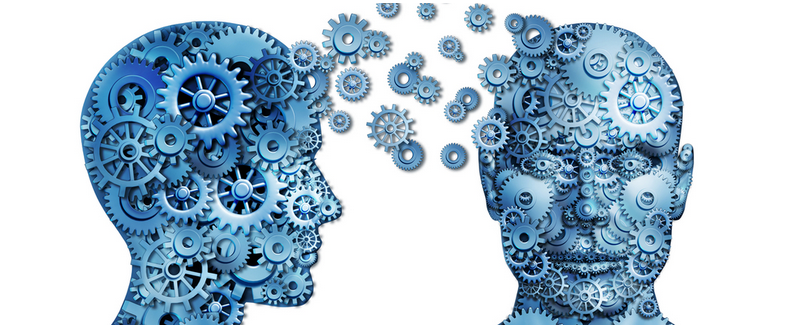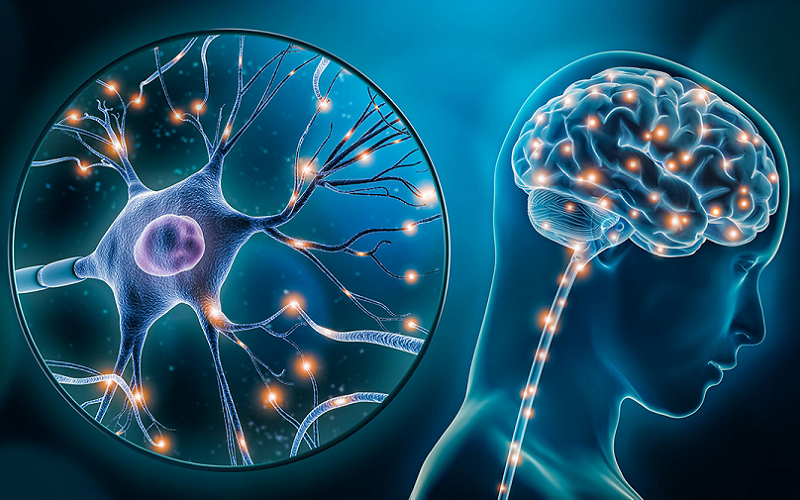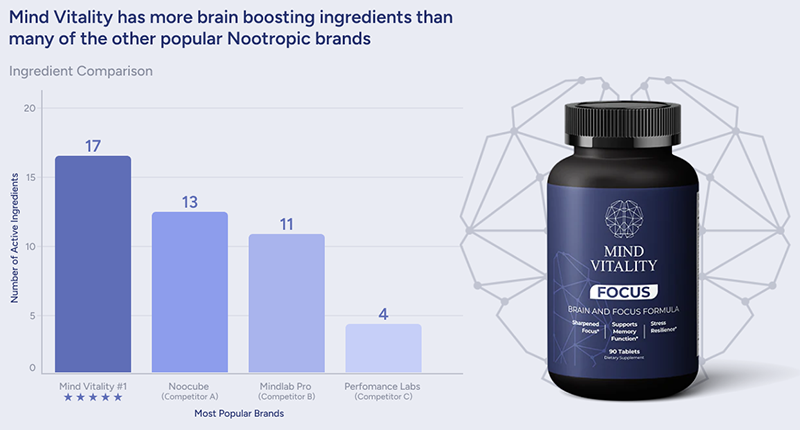Neuroplasticity, also referred to as brain plasticity, is the capability of the brain to modify its connections. In other words, to re-wire itself. If the brain lacked this ability it would not be able to sufficiently develop from birth on into and through adulthood. Recovering to any degree after a brain injury would also not be possible without neuroplasticity.
The brain is flexible and adaptable to a larger degree than most people realize. The brain is continually reorganizing and optimizing itself by reassigning cognitive abilities (brain-based skills necessary to carry out both simple and complex tasks) from one lobe to the other.

The following are answers to many of the most commonly asked questions about the topic of neuroplasticity.
Contents
- What Are Brain Neurons?
- What Is Neuroplasticity?
- Why Is Neuronal Plasticity Important to the Brain?
- What Limitations Does Neuroplasticity Have?
- How Do I Improve My Neuroplasticity?
- Are There Nutritional Supplements That Improve Neuroplasticity?
- What Limitations Does Neuroplasticity Have?
- How Is Neuroplasticity Measured?
- Can Neuroplasticity Help Manage Chronic Pain?
- Will Artificial Intelligence (AI) Ever Reach the Level of Neuroplasticity of the Human Brain?
- What Can We Learn About the Human Brain From Artificial Neural Networks?
What Are Brain Neurons?
Brain neurons are cells that transmit information throughout the brain. They are responsible for everything from processing sensory information to controlling movement. There are two main types of neurons: excitatory neurons and inhibitory neurons. Excitatory neurons are responsible for transmitting signals that cause the brain to become more active. Inhibitory neurons are responsible for transmitting signals that cause the brain to become less active.
What Is Neuroplasticity?
Neuroplasticity is the brain’s ability to change and adapt in response to experience. This means that the brain can reorganize itself in response to changes in the environment, including changes in the way we think, feel, and behave. This ability of the brain to change is what allows us to learn and remember new information, and to recover from injuries. This process is thought to underlie many of the brain’s most important functions, including learning, memory, and recovery from injury.
Why Is Neuronal Plasticity Important to the Brain?
Neuronal plasticity is important to the brain because it allows the brain to change and adapt in response to new experiences and information. This flexibility is what allows us to learn and remember new things, and it is thought to be one of the key ways that the brain maintains its health and function as we age.
What Limitations Does Neuroplasticity Have?
The limitations of neuroplasticity are not fully understood, but may include the following
- The ability to change and adapt may be limited by the overall structure of the brain.
- The speed of change may be limited by the rate at which neurons can grow and connect with one another.
- The amount of change may be limited by the number of neurons that can be affected by a given experience.
How Do I Improve My Neuroplasticity?
There is no one-size-fits-all answer to this question, as the best way to improve neuroplasticity may vary depending on the individual. However, some general tips that may help include:
- Getting regular exercise
- Eating a healthy diet
- Getting enough sleep
- Challenging your brain with new experiences
- Practicing meditation or mindfulness
Are There Nutritional Supplements That Improve Neuroplasticity?
There is no definitive answer to this question, as the research on the subject is still ongoing. However, there is some evidence that certain nootropics — substances that enhance cognitive functions — may improve neuroplasticity. Among these nootropics are Bacopa monnieri, lion’s mane mushroom, N-Acetyl-L-Tyrosine (NALT), L-Theanine, and Phosphatidylserine (PS).
What Limitations Does Neuroplasticity Have?
There are a few potential limitations to neuroplasticity. One is that it may only be possible to change the brain during certain sensitive periods in development. Another potential limitation is that some changes may be too difficult or require too much effort to be effected. Additionally, it is possible that some changes may be irreversible.
How Is Neuroplasticity Measured?
There are a few ways to measure neuroplasticity. One is to use brain imaging techniques such as functional magnetic resonance imaging (fMRI) to see how the brain changes in response to different stimuli. Another way to measure neuroplasticity is to use behavioral tasks such as the Wisconsin Card Sorting Test (WCST) to see how well people can adapt to new tasks or new environments.
There are a few different electro-physiological methods that can be used to assess neuroplasticity in humans. These include transcranial magnetic stimulation (TMS), transcranial direct current stimulation (tDCS), and electroencephalography (EEG).
The most appropriate biochemical technique for detecting neuroplastic change of brain tissue is to measure the levels of brain-derived neurotrophic factor (BDNF).
Can Neuroplasticity Help Manage Chronic Pain?
There is some evidence to suggest that neuroplasticity can help with chronic pain. For example, one study found that people who underwent 12 weeks of mindfulness-based stress reduction (MBSR) had reduced pain intensity and improved pain tolerance compared to those who did not receive MBSR. Additionally, a review of studies found that people who underwent cognitive behavioral therapy (CBT) for chronic pain had reduced pain intensity and improved pain tolerance compared to those who did not receive CBT.
Will Artificial Intelligence (AI) Ever Reach the Level of Neuroplasticity of the Human Brain?
It is impossible to say for sure whether artificial intelligence (AI) will ever reach the level of neuroplasticity of the human brain. However, it is worth noting that AI is already being used in some cases to help people with brain injuries or neurological conditions. For example, a recent study found that people with aphasia (a condition that affects language ability) who used an AI-based speech therapy had improved language ability compared to those who did not use the AI-based therapy. Additionally, a review of studies found that people with Parkinson’s disease who used an AI-based therapy had improved motor function compared to those who did not use the AI-based therapy.
What Can We Learn About the Human Brain From Artificial Neural Networks?
Artificial neural networks (ANNs) are computer systems that are designed to mimic the workings of the human brain. ANNs can be used to learn about the human brain by observing how they process information. Additionally, because ANNs can be designed to have different architectures, they can also help researchers understand how the structure of the brain affects its function.





